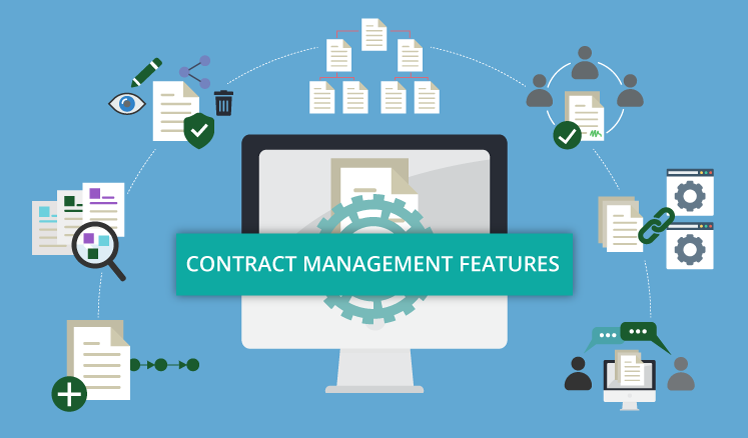Doing things the way you have always done them will not work in today’s economic environment. This is true of procurement. To compete in today’s business world, one must transform instead of only improving the operation. This involves accepting improved philosophies and methods designed to make your company the “best in class.”
Cost Reduction
The first best practice in procurement is cost reduction. Performance indicators can help reduce costs. These include inventory availability and on time delivery. These help reduce tangible costs and intangible costs, such as alienating customers. Use key performance indicators to manage and measure purchasing activities, says Thomasnet.
Building Relationships
The second best practice in procurement is building strong relationships with your suppliers. Promote competition among them to keep costs and prices competitive. They will understand that you are trying to give your customers a product at the lowest price. Competition, whether at the wholesale level or the retail level, most always benefits consumers.
Team Based Procurement
A third best practice in procurement is team-based procurement. Especially in a large organization, you can involve other departments/managers in the buying process. This will give these departments/managers more insight into the buying process. This will enhance company performance. The more people in your organization who know the buying process, the smoother and cheaper the procurement process will flow.
Technology
A fourth best practice in procurement is to make the technology enhance the bottom line. The main thing to remember when selecting this technology is not to buy it and then to build workflows and procedures around that technology. Your company should decide what needs improving and then choose the technology that will best work for it.
Distinguishing Costs
A fifth best practice in procurement is to distinguish between cost of ownership and price. Strategic sourcing shifts the focus away from seeing only the purchase price. In fact, in bigger spending departments, buyers are abandoning the outdated paradigm of selecting a supplier only on price. This is good practice because acquisition costs are just 25- 40% of the cost of most services and/or products.
Optimize Inventory
A sixth best practice in procurement is to optimize company inventory. This means that your company should always review inventory quantities and keep them at the optimal level. “Holding inventory” costs may be as high as 60%, when held for 12 months.
Social Responsibility
A seventh best practice in procurement is to take social responsibility seriously. Buyers and consumers use environmental impact as a criterion for choosing suppliers. Dunn and Bradstreet now test “green” companies. If your company does not “buy into” the social responsibility platform, it risks ostracism and criticism from its workers and from consumers.
Training
An eighth best practice in procurement is to train team members in effective negotiation skills. This skill not only works for procurement, but it also helps team members “get along” in difficult situations. For instance, if you teach them how to negotiate, arguments about resources should be minimized. Negotiation skills are helpful in many areas, not just procurement. Your company will benefit if negotiation skills training is part of the company framework.
Accessibility
A ninth best practice in procurement is accessibility. This means making information available to everyone involved on purchasing decisions. This helps to make sure that you get a good price and helps to produce a more transparent and collaborative buying program.
Get Everyone on Board
A 10th best practice in procurement is to get as many employees as possible ISO certified. This gets everyone on the same page as far as procurement practices. This will foster communication regarding the procurement process. Since knowledge is power, this new knowledge will make your employees more valuable to you and the company, and may help with the “bottom line”.
These procurement practices are not listed in order of precedence. Implementing one of these practices and getting good at it will only help your company’s profitability.








Add Comment